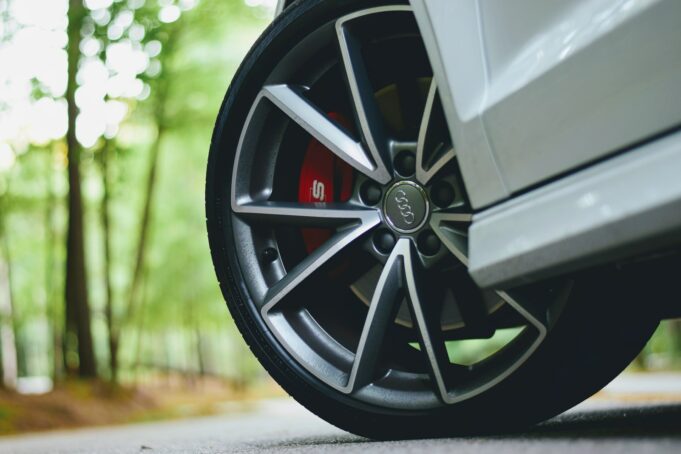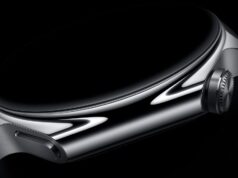Your tyres are one of the most important parts of your car, despite their relative lack of mechanical technology (although this is unfair to modern tyres which are indeed miracles of engineering) because they are the only part of the entire vehicle that is in contact with the road.
This means that you should always be aware of your tyres and regularly check their condition in order to quickly pick up on any looming issues. Having roadworthy tyres, goes a long way and you can easily have trouble free driving whether you are driving in metropolitan areas like London or even scenic areas such as Scotland.
Tread Depth
Your treads, the system of grooves and sipes all over the contact surface of your tyre, are – on occasion – the only thing between you and an uncontrolled skid. The tread works by allowing surface water to be swept aside, letting the contact area grip down onto the road’s surface. When these grooves are of a sufficient depth, the tyre will work well to grip the road and prevent skids and aquaplaning. However, once the treads wear down, they become less efficient at whisking the water away and the risk of skidding rises. The legal limit is to have the middle quarters of the contact area covered by at least 1.6mm of tread – but motoring experts recommend not allowing your tread to wear below 3mm over the whole tyre’s contact surface. You can check your tread depth very simply; just using a 20p piece. The wide band on the outer edge of the coin should not be visible when you stand the coin on its side in the deepest part of the groove.
Cracks
Examine your tyres at least once a month, checking for signs of damage such as missing chunks of rubber, cracks or breaks in the sidewall or contact surface. These can be a sign of rough driving or poor roads, but they can also occur as the tyres age and the natural oils in the rubber dry out, causing a reduction in the flexibility and ‘bounce’ of the rubber.
Buckling/ Dimpling
Likewise check your sidewall for buckling or dimpling – any deformation of the sidewall that could indicate that the integrity of the tyre has been compromised. Sometimes a tyre might be made with an internal flaw that does not present itself right away – as this internal weakness worsens and the tyre is about to fail, this can be seen with dents or bulges beginning to form. These might be very subtle at first, and barely noticeable, but they will worsen with time and become more obvious – and very shortly thereafter, the tyre will fail. If you see anything different about your tyres that gives you cause for concern, speak to your mechanic or simply replace your tyres. Moreover in order to buy tyres in Kirkcaldy – you can book online at Fife Autocentre.
A Change of Sound
Listen to your tyres as you drive along. The sound they make will change depending on the type of road surface you are driving along, but they will always make the same sounds on those roads. Get into the habit of listening, with half-an-ear, perhaps, to the sound your tyres make on familiar roads. This will stand you in good stead should they suddenly start sounding different: rougher with more of a roaring sound than the usual ‘whir’ or squeakier than usual – any change in the note of your tyres passage over the road’s surface can be a sign that all is not well within the tyre. The good news is that it is relatively easy to book your car in to have the tyres checked – and perhaps aligned and balanced while you are there – and to purchase a new set of tyres should it be necessary.














